What Is Anxiety And How Does It Differ To Stress?
Anxiety is a common response to stressful events, and most people will experience a degree of anxiety at some point in their lives; either as a result of traumatic events (such as bereavement), or day-to-day stress. While anxiety is typically identified as a transient condition, some people may also experience longer-term anxiety as a result of their environment, or of poor distress tolerance.
Anxiety and stress are different, but related, experiences. Anxiety is a sensation of dread and constant worry, which can be generalised, or specific to one thing (like with a phobia, for example), and which is caused by internal events, such as thoughts or memories. It is usually experienced in situations where there is no current danger, such as getting on a bus, or being in a crowd.
Types of anxiety disorders include Generalised Anxiety Disorder (feelings of anxiety persistent in a range of situations), Panic Disorder (extreme reactions of panic and dread, typically in short bursts), Post Traumatic Stress Disorder (anxiety, flashbacks and mood swings related to memories of traumatic past events), and Obsessive Compulsive Disorder (feelings of anxiety and sometimes intrusive thoughts, only relieved by performing a certain action).
Stress, however, is a similar feeling of constant worry, but it is usually a reaction to external events, and unlike anxiety, is usually classed as an appropriate response to changes in the environment. Types of stress may include work-related stress, bereavement, or financial worries.
These feelings of worry can create a cycle; too much going on externally may cause stress, which may then be internalised and cause longer-term anxiety.
If we can learn to respond better to feelings of stress in our day-to-day lives, it may help us to prevent patterns of anxiety occurring, and assist with maintaining positive mental wellbeing. One of the most instantaneous, and well-known means of managing anxiety, is through breathing exercises.
How Does Anxiety Relate To Breathing?
When a person is anxious, their body prepares to either fight, or run away. In order to do either of these things, it needs to distribute oxygen from the lungs to the active muscles. The sympathetic nervous system causes the body to breathe fast to absorb more oxygen to be able to act. When this happens, it also produces adrenaline – a hormone which can actually increase strength and speed when under threat, but which also causes feelings of agitation and restlessness, as a prompt to avoid danger. As such, engaging in rapid breathing when anxious may actually make things worse when not in immediate danger.
However, slowing the breathing allow the parasympathetic nervous system to kick in. The parasympathetic nervous system moderates the sympathetic nervous system, and de-escalates its response to bring the body back to a state of homeostasis. Therefore by slowing the breathing, we can effectively help to reduce feelings of anxiety.
What Is Mindfulness Practice?
Simply put, mindfulness is practicing ‘living in the moment’.
There are many ways of practising mindfulness; you may prefer to do a sitting meditation, a walking meditation, or even carry out your daily activities mindfully, such as focusing all your attention on the washing up or cooking, but staying present at all times.
The key is to notice any thoughts that may come up, but to not dwell on them, nor go into them deeper. To make it easier to focus on being present, it can be helpful to focus on something concrete. You may choose to do a full body scan, or to focus on your breathing, perhaps by using the exercise at the end of this article.
The aim of modern mindfulness is to prevent your perception of events being distorted by assumptions, emotions, or memories, and to see events clearly as they happen. This helps to reduce anxiety in the current moment by rationalising concerns, while also reducing unhelpful coping strategies.
The History Of Mindfulness Practice
Mindfulness has been practiced for thousands of years in Eastern religions such as Buddhism and Hinduism, but only in recent years has it been adopted by the West.
Mindfulness is traditionally a spiritual exercise, found in subsets of Hinduism and Buddhism, while being closely linked to meditation and yoga routines. In Hinduism, mindfulness was considered the preparatory stage for raja yoga.
Mindfulness made its way to the Western World in the 1970s, through the work of Jon Kabat-Zinn, a student of mindfulness under several teachers, including Thich Nhat Hanh.
Working at the University of Massachusetts, he combined Buddhist mindfulness practices with Western psychology and science, to develop the Mindfulness-Based Stress Reduction (MBSR) programme – an 8-week programme aimed at reducing stress.
This led to the creation of several mindfulness-based therapies, including Mindfulness-Based Cognitive Behavioural Therapy (used for treating anxiety and depression) and Dialectical Behavioural Therapy (for emotional dysregulation and trauma).
Breathing And Mindfulness
The breath is used as an anchor in mindfulness practice to keep the practitioner grounded. In traditional Buddhist mindfulness practice, this is referred to as Anapanasati, and may be practiced lying down, seated or standing.
The aim of Anapanasati is to notice the breath, and to therefore increase bodily awareness – but not to necessarily control it. This helps to reduce feelings of anxiety, and promote grounding by focusing the attention on bodily sensations in the moment.
There are sixteen steps of Anapanasati, leading from bodily awareness, to spiritual and global awareness. This allows the practitioner to ‘graduate’ from conscious breath, to a wider state of mindfulness.
Controlled breathing is also used in Hindu yogic meditations, however this is referred to as Pranayama. Pranayama is often used in Hatha yoga and modern physical yoga practices to help moderate the breathing. Pranayama is divided into three steps; purak (to draw breath), kumbhak (to retain breath), and rechak (to breath out).
While in traditional Hatha yoga, the emphasis is on holding the breath for as long as possible to induce a trance state, modern mindfulness practices focus on slowing down the breath in order to reduce the rapid breathing and hyperventilation which may be perpetuating feelings of anxiety.
Breathing Exercise: 4-7-8 Breathing
One of the easiest ways to reduce anxiety and become conscious of the breath, is through 4-7-8 breathing.
Using the steps of pranayama breathing, the method is to breathe in for 4 seconds (purak), hold it for 7 seconds (kumbhak), then breathe out for 8 seconds (rechak).
To practice 4-7-8 breathing, try this pattern;
- First, breathe out all the air you are holding in your body, emptying the lungs.
- Breathe in through the nose for 4 seconds.
- Hold the breath in your chest for 7 seconds.
- Breathe out forcefully through your mouth, making a ‘whooshing’ sound.
Repeat this pattern as many times as needed until you feel grounded, and your anxiety begins to subside.
This exercise could be used before you go to bed, if your anxiety causes you to experience insomnia.
Article written by Holly Jackson, content producer at New Frontiers Marketing
The post Anxiety, Mindfulness, Meditation, And The Breath appeared first on Wellbeing Magazine.
from Wellbeing Magazine https://ift.tt/3jB4LhG
via
babu31
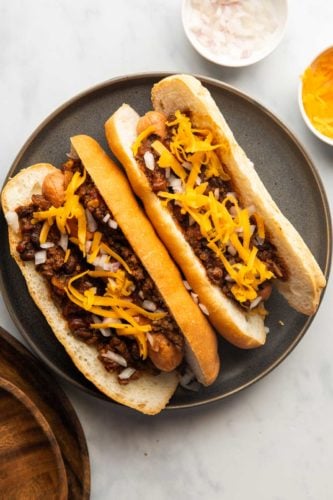
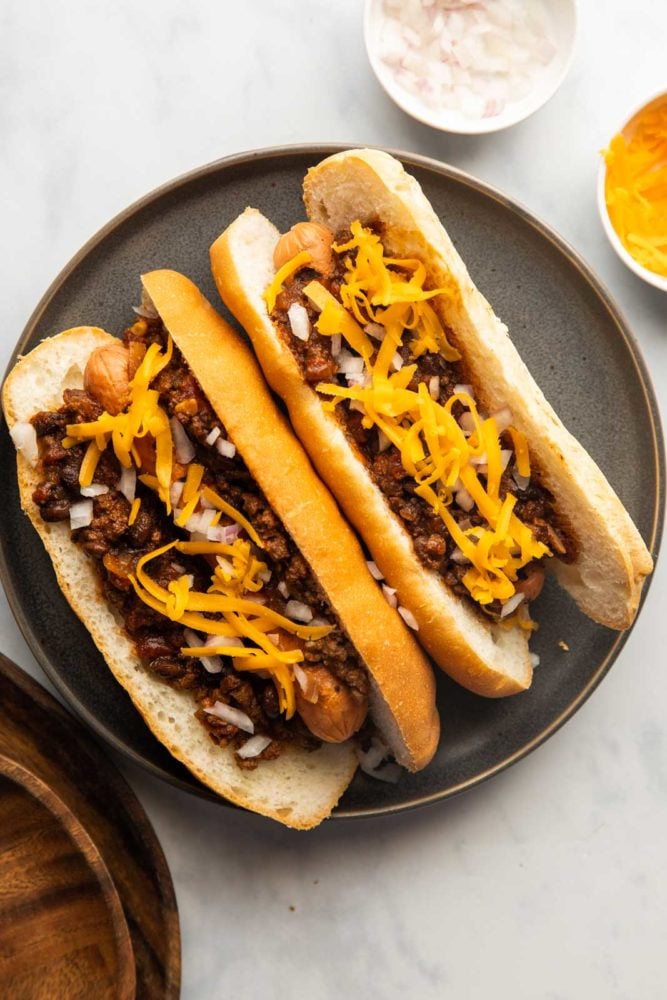
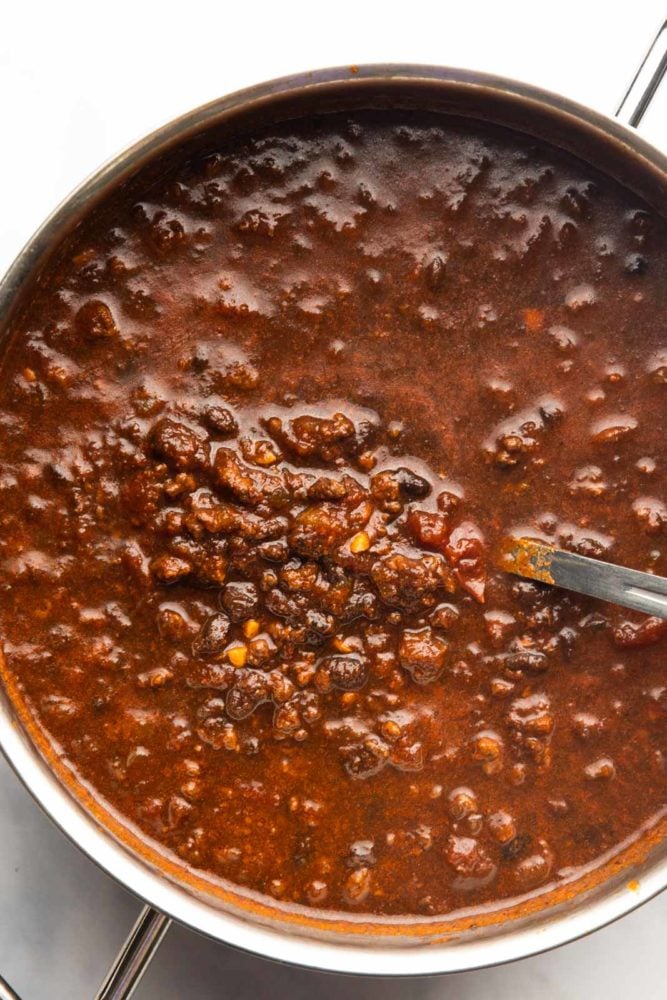
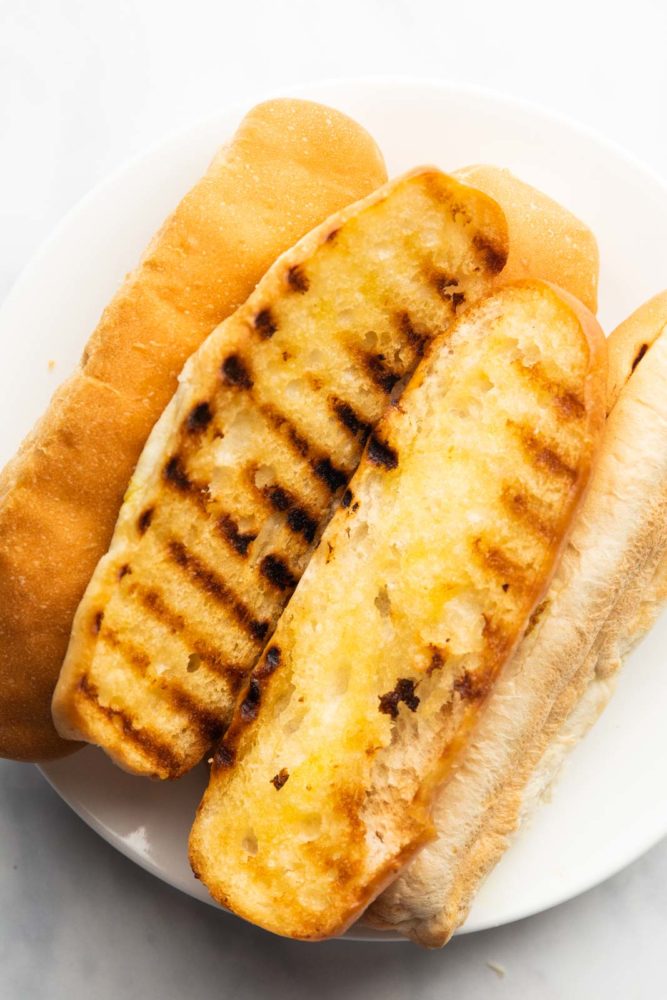
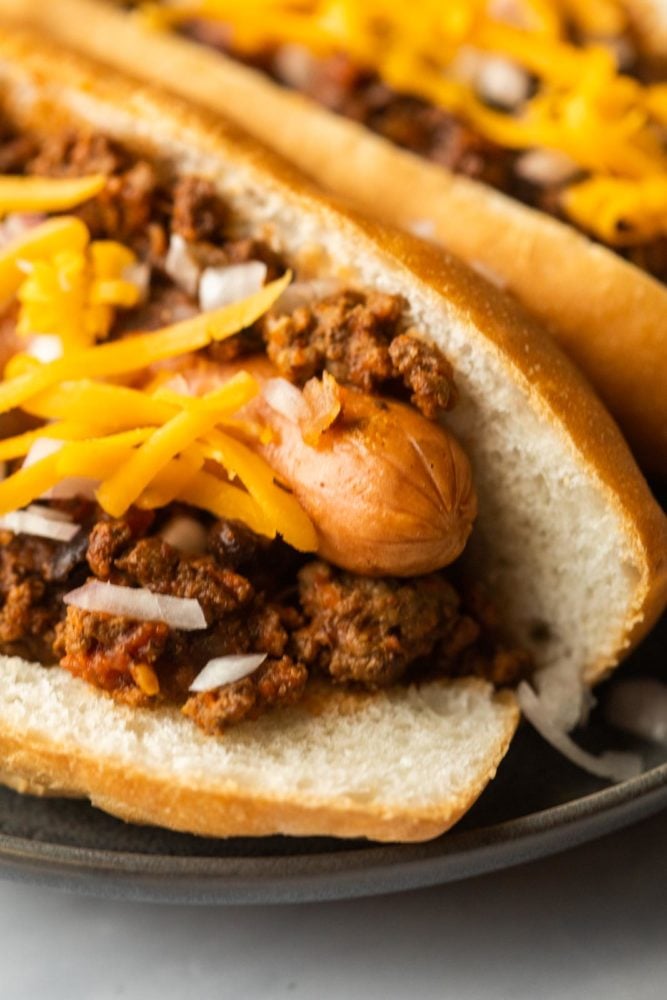

 Introduction by Croakey: Tomorrow marks six months since Federal Health Minister Greg Hunt announced that Victorian health authorities had confirmed Australia’s first case of novel coronavirus, in a man from Wuhan who flew to Melbourne from Guandong on 19 January. The Public Health Association of Australia (PHAA) has highlighted this […]
Introduction by Croakey: Tomorrow marks six months since Federal Health Minister Greg Hunt announced that Victorian health authorities had confirmed Australia’s first case of novel coronavirus, in a man from Wuhan who flew to Melbourne from Guandong on 19 January. The Public Health Association of Australia (PHAA) has highlighted this […] In the article below, Worimi man David Edwards, Co-Director of WellMob, and Judy Singer, from the University Centre for Rural Health at the University of Sydney, talk about the community insights and priorities that have that have led to WellMob, a new website to host Indigenous-specific wellbeing resources for Aboriginal […]
In the article below, Worimi man David Edwards, Co-Director of WellMob, and Judy Singer, from the University Centre for Rural Health at the University of Sydney, talk about the community insights and priorities that have that have led to WellMob, a new website to host Indigenous-specific wellbeing resources for Aboriginal […]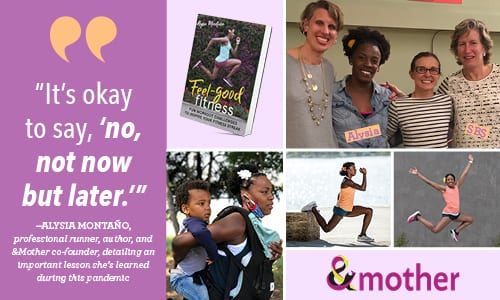 Sarah and Tish welcome professional runner, activist,
Sarah and Tish welcome professional runner, activist, 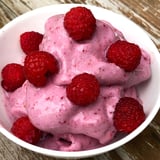
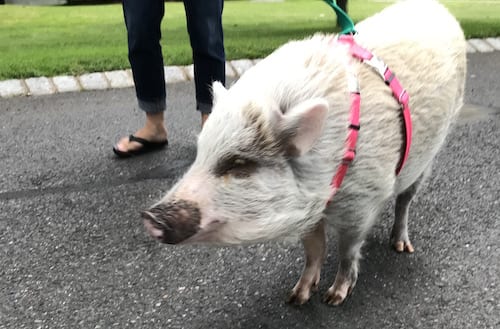




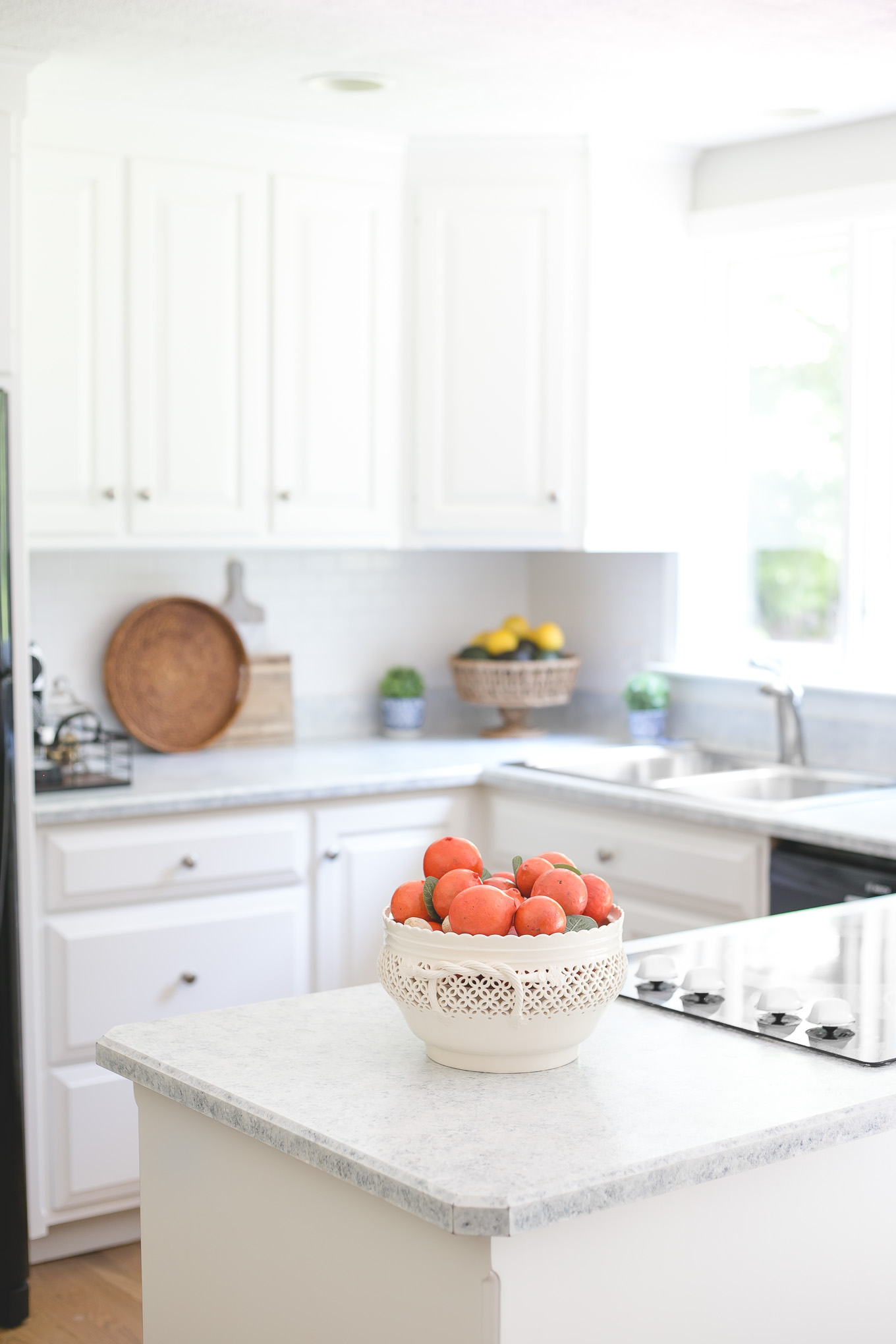 It has been one year since I painted my kitchen countertops with a DIY countertop paint kit and they still ...
It has been one year since I painted my kitchen countertops with a DIY countertop paint kit and they still ...




